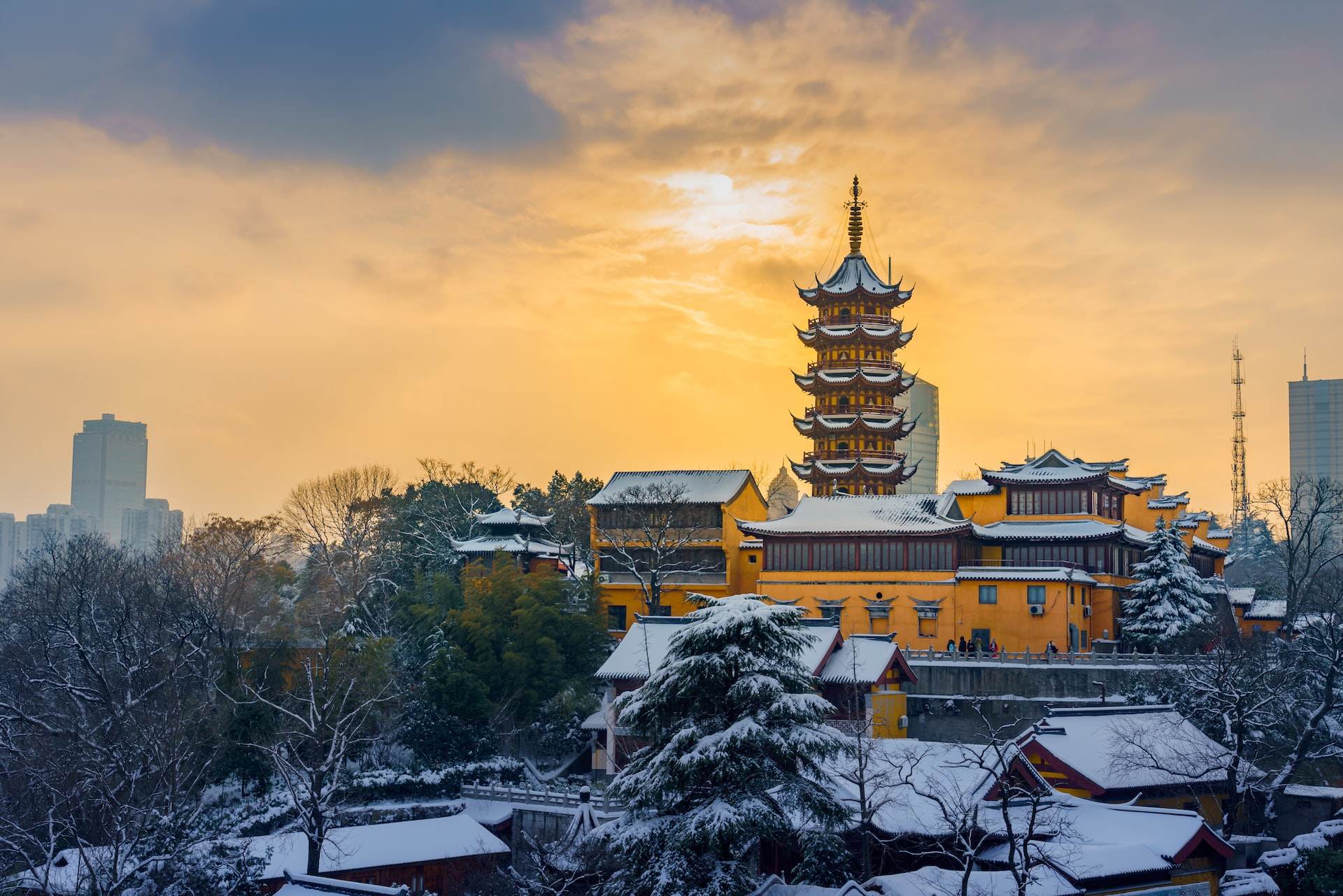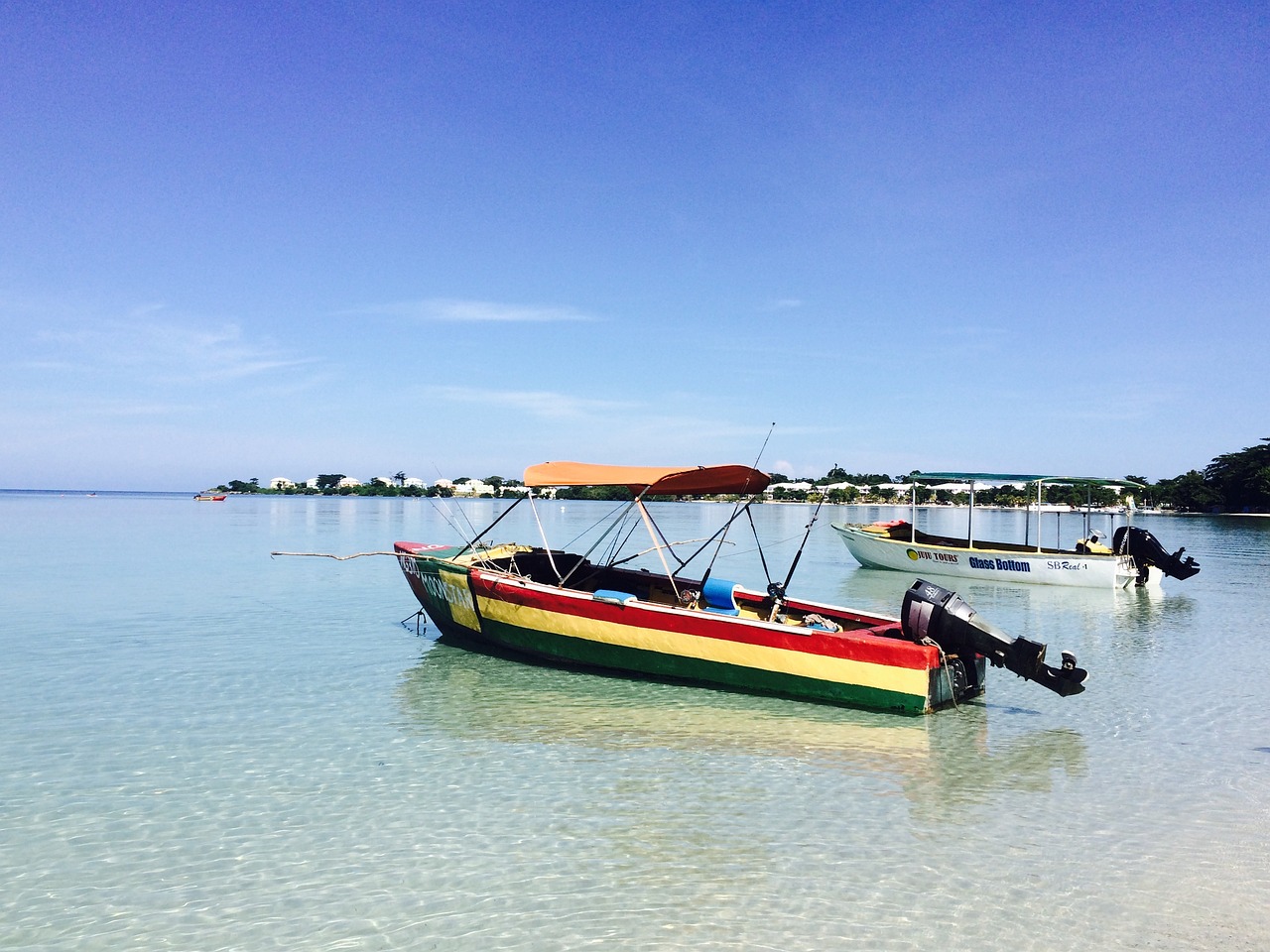Nara weather is a topic of great interest for those planning to visit the ancient city of Nara in Japan. Known for its rich history, beautiful temples, and friendly deer population, Nara draws in millions of tourists each year. However, the city’s weather can be quite variable, with temperatures ranging from hot and humid summers to cold and snowy winters. In this blog post, we’ll take a detailed look at the weather in Nara throughout the year and explore the best time to visit.
Nara is located in the Kansai region of Japan, which has a humid subtropical climate. This means that the city experiences hot and humid summers, as well as mild winters with occasional snowfall. The city’s proximity to the mountains also means that it can be quite rainy, particularly during the summer months.
The average high temperature in Nara during the summer months (June to August) is around 30°C (86°F), while the average low temperature is around 25°C (77°F). The humidity can make it feel even hotter, so it’s important to stay hydrated and take frequent breaks in the shade. The summer months also see the most rainfall, with an average of around 30% chance of rain per day.
In contrast, the winter months (December to February) are much cooler, with average high temperatures of around 8°C (46°F) and average low temperatures of around 2°C (36°F). Snowfall is not common in Nara, but it does occur on occasion.
| Month | Low (°C) | High (°C) | Low (°F) | High (°F) | Rain (%) |
|---|---|---|---|---|---|
| January | 2 | 8 | 36 | 46 | 40 |
| February | 2 | 9 | 36 | 48 | 35 |
| March | 5 | 13 | 41 | 55 | 30 |
| April | 9 | 18 | 48 | 64 | 25 |
| May | 14 | 22 | 57 | 72 | 20 |
| June | 19 | 25 | 66 | 77 | 35 |
| July | 22 | 29 | 72 | 84 | 45 |
| August | 22 | 29 | 72 | 84 | 40 |
| September | 18 | 25 | 64 | 77 | 30 |
| October | 13 | 22 | 55 | 72 | 25 |
| November | 8 | 14 | 46 | 57 | 30 |
| December | 2 | 8 | 36 | 46 | 40 |
So, when is the best time to visit Nara? It ultimately depends on what you’re looking for in a trip. If you’re looking to avoid the heat and humidity, then the cooler months from October to April are a great option. The temperatures during this time are mild and comfortable, making it perfect for exploring the city’s temples and other historic sites. Additionally, the autumn months of October and November are particularly beautiful, with the city’s trees turning a vibrant orange and red.
On the other hand, if you’re looking to experience the full force of Nara’s summer weather, then June to August is the time to go. While the heat and humidity can be intense, the city’s many parks and gardens offer plenty of shade and respite from the sun. Additionally, the summer months are when many of Nara’s festivals and events take place, so you’ll have the opportunity to experience the city’s rich culture and history in a unique way.
Another option is to visit Nara in the shoulder season, either in May or September. The weather is pleasant, not too hot or cold, and there are fewer tourists, which makes it a perfect time to explore the city. The cherry blossoms in May and the autumn leaves in September are also beautiful.
One thing to keep in mind is that Nara is a city with many outdoor activities, the weather will play a big role in your experience, so it’s important to plan accordingly. If you’re planning to visit during the summer months, be sure to pack lightweight, breathable clothing and bring plenty of sunscreen. If you’re visiting during the winter, be sure to pack warm clothing, a jacket, and waterproof shoes.
In conclusion, Nara’s weather can be quite variable throughout the year, with hot and humid summers, mild winters with occasional snowfall, and a high chance of rain during the summer months. The best time to visit Nara ultimately depends on what you’re looking for in a trip, but it’s always a good idea to plan ahead and be prepared for the weather conditions. Whether you’re looking to avoid the heat and humidity, or experience the full force of Nara’s summer weather, or simply enjoy the less crowded city, there is always a perfect time to visit Nara.



